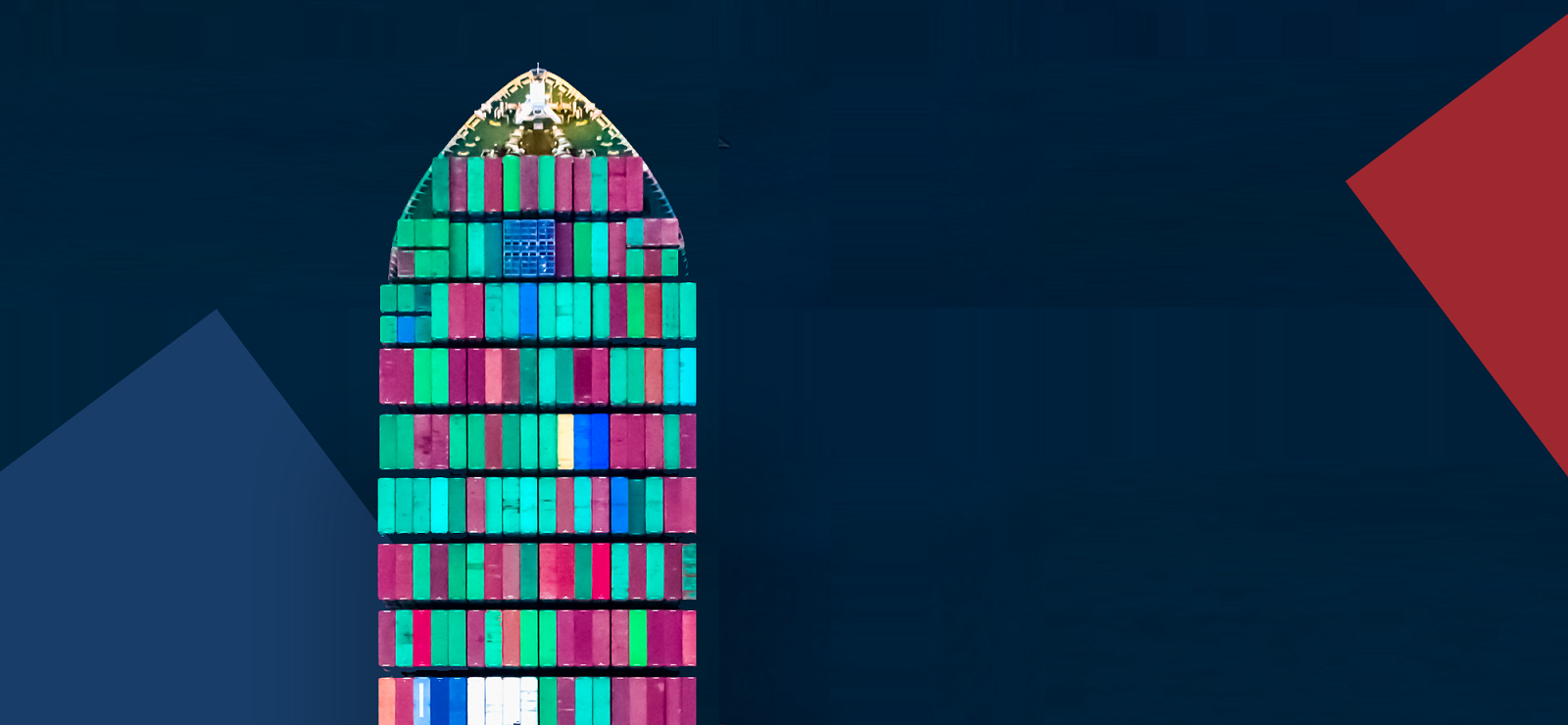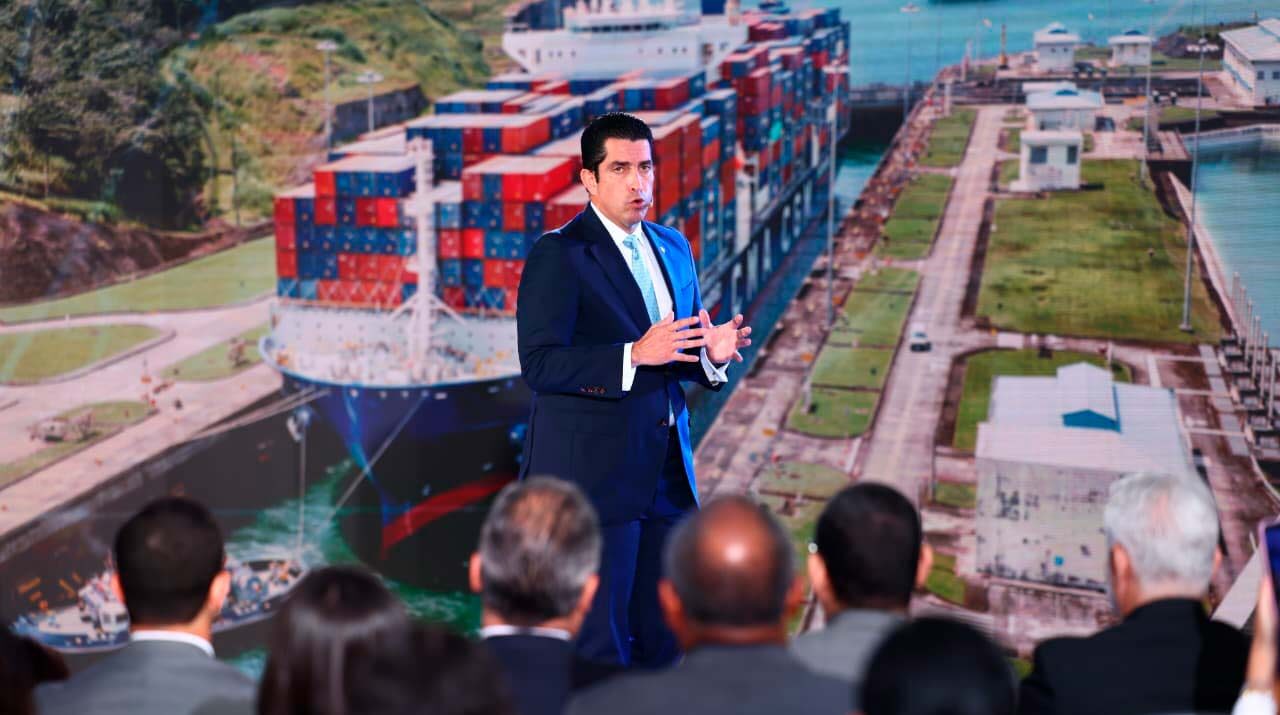London, April 24, 2002 – A Panama Canal Authority (ACP) delegation headed by Administrator Alberto Alemán Zubieta, met Monday with members of the International Chamber of Shipping (ICS), a global organization that looks after the interests of ship owners and operators.
During the meeting, Canal officials presented current traffic and tolls results, highlighting the effects of the global economic slowdown. A report on the waterway’s modernization programs and expansion studies was presented as well.
The briefing covered security issues and the efforts the ACP is undertaking in conjunction with other Panamanian entities to reduce the risk for transiting ships through the Canal. The analysis leading up to the Canal’s new security fee, to be implemented in June, was also discussed.
ACP officials presented the ICS with a conceptual framework to change the waterway’s current toll structure. The last toll increases were approved in 1996 and made effective in January of 1997 and 1998. Since then, the ACP has been analyzing toll structures and actually presented a proposal before its Advisory Board on September 12, 2001, in Hong Kong.
The September 11 events, however, caused ACP officials and its Board of Directors to postpone the presentation and implementation of this change until an economic recovery was observed, thus minimizing the effect on the maritime industry.
The current toll structure, in which ships are charged the same regardless of vessel type, is now obsolete since the market has evolved and become more specialized.
The changes proposed create a toll structure that is more attuned to the service value provided and in line with the needs of the maritime industry.
Because the Canal market is heterogeneous, different vessel types and sizes require different services, such as locomotives, line handlers, tugboats, and others. The market mix makes it necessary and equitable to create a differentiated tariff system.
The current tariff system clearly generates inequities for certain types of vessels and is not profitable for some segments of the market. Nevertheless, these types of vessels make demands upon the Canal’s operating capacity and transit resources, leading to higher waterway costs not recovered through tolls.
The Canal’s strategic objectives are stated in its organic law, and require the ACP to be profitable. Profitability is a constitutional mandate, which requires the Canal to produce an adequate return from its investments and capital assets. Therefore, the proposed toll structure is one of the main tools to guarantee that revenues adequately cover costs and produce resources needed for long-term expansion plans. This initiative will allow the Canal to remain competitive and viable for Panama and the world maritime community in the long term.



